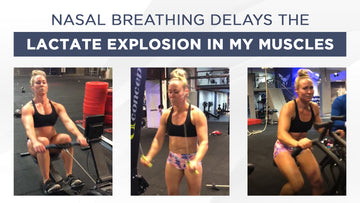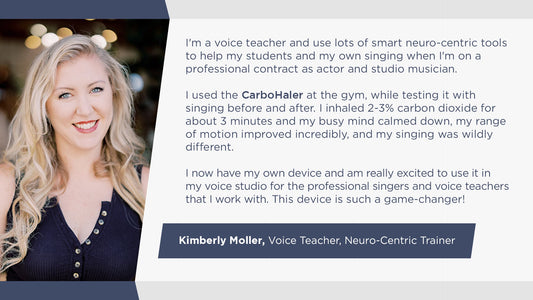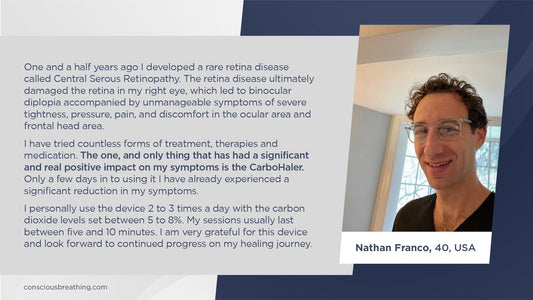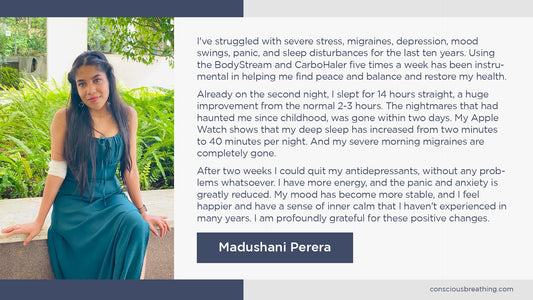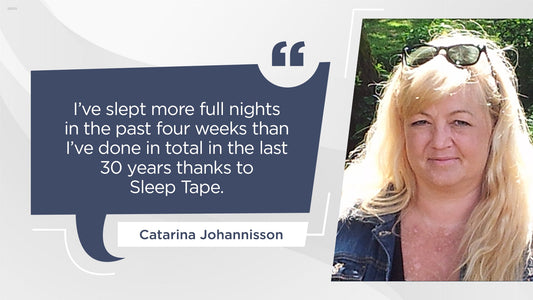
I could run five marathons in five days thanks to conscious breathing
As a physiotherapist, I work daily to try and improve people’s lives by helping them deal with and overcome their acute and or chronic injuries. I have previously worked within the NHS (England National Health Service) on such rotations as Musculoskeletal (MSK) outpatients, acute stroke rehab, and cardiorespiratory wards. Prior to setting up my own private business, I worked for over a decade in English professional football as the head physiotherapist at each of 2 different clubs.
In terms of myself, I have always been keen to keep fit, live and eat healthily and strive for a realistically positive mental outlook. I became aware of the Conscious Breathing (CB) program in 2020 as I was a keen runner investigating additional techniques to help improve my own recovery methods. During my time as a football physio, I researched and implemented techniques such as cryotherapy, flexibility protocols, nutritional strategies as well as using compression garments and providing information on pre-sleep strategies and grounding.
I, along with most other runners would utilize such techniques prior to and after training sessions and so was looking for that something extra that would enable me to recover that bit more effectively and efficiently.
Intrigued to delve deeper
I’ve been running my whole life – ever since childhood. As a child, I would compete in county championships for the school, and then as a young adult onwards, I realized that exercise was a great way to reduce stress which was obviously an added bonus to keeping fit. I usually like to run at about 14.5 km/hr (4 min 8 sec per km) and vary that according to what type of training session I’m doing or if I’m training for anything in particular. My half marathon PB is 1hr 19mins 43secs (2014 Sheffield Half Marathon) and my marathon PB is 3hrs 42secs (2019 Newcastle Racecourse Marathon).
As mentioned previously I had experienced working with respiratory compromised patients on hospital wards but never really thought about how much real impact breathing techniques could have on our physical and physiological health even though I was fully aware of the benefits in terms of stress relief. I was intrigued to delve deeper into the literature and techniques and not just believe what I was reading on the CB website.
I enrolled onto the CB Instructors program and started to practice the techniques immediately. My initial markers on the 28-Days Challenge were: Breathing Index=87, Breathing Habits=33, Relaxator Lung Function=29 secs. My initial goal was to complete a half marathon whilst nasal breathing only. My final markers were: Breathing Index=90, Breathing Habits=47, Relaxator Lung Function=58 secs. Here is the evaluation:

As a traditional mouth breathing runner and a profuse perspirer, I would normally require some hydration during a half marathon but was pleasantly surprised to find that I could run up to 18 miles (29 km) without the need for a drink once I started nose breathing – as I understand it, mouth breathing leads to excess oxygen intake and in order to take care of the surplus, the mitochondria are forced to produce more heat, which increases the need to sweat so that we cool our body down.
I obviously haven’t measured the actual amount of sweat lost but I’d guess that I’m losing maybe 50% less sweat on a half marathon and 25% less on a marathon which is to be expected because I have to mouth breath for the latter part of the run and those miles become exponentially more physiologically demanding. Normally after completing a tough half marathon, I would require at least 3 days before I felt my legs were capable of running at the same pace.
After a few weeks I did a 10K run with nasal breathing only
Initially, I started taping my mouth at night, using CB as a technique in the evening, and using the Relaxator as a stationary exercise during the day.
I then progressed this routine to nasal breathing whilst out walking (week 2) and then during recovery runs and interval runs (week 3) and finally introducing the Relaxator during recovery runs (week 4). Within just a few weeks I was able to do a comfortable 10K (10 km) run employing nasal breathing only and just a few weeks after that I completed my first half marathon, breathing only through my nose in a time of 1hr 28mins. More importantly, this run was only part of my schedule for a marathon and so within that week I also completed a 15-mile run (24 km), also just nasal breathing employed.
My goal, therefore, had been met so I questioned just how much is this program really helping my recovery. Having previously completed a couple of marathons I knew that it would normally take my legs about a week to recover before I would feel comfortable and running strong again so I decided to push the boundary and see if after 1 marathon I could complete another after 5 days.
I used nasal breathing during the first half of the initial marathon and as fatigue and the need for oxygen increased further into the run I switched to mouth breathing. Immediately after the marathon and during the next 4 days I once again used CB techniques and was able to complete my second marathon 5 days later. I was particularly impressed with my recovery and performance as my second run was actually faster than the first – 3hrs 5 mins and 3hrs 1min respectively (incredible, very close to a PB after just 5 days of rest).
Next challenge – Five marathons in five days
To complete 2 marathons in such a short period of time I thought was a fantastic achievement and testimony to the benefits of adding CB to my recovery protocol such that it took it to another level. It was at this point that I wondered how much further I could test the benefits and so decided to try and complete 5 marathons in 5 days. My aim was not only to see if I could complete the task but also whether I would recover enough to avoid injury during such a grueling challenge and so 3 weeks later I did exactly that.
I checked my resting HR every day for variability and signs of fatigue. Initially, my HR was 47bpm and over the next few days it stayed steady around 49bpm on waking and on the final day jumped to 52 – obviously fatigue was setting in. I was able to complete 5 marathons (3 of which were after a morning at work), remain injury-free and surprisingly my legs felt relatively fresh each day for at least 13 miles 21 km), allowing me to keep a steady consistent pace. My times ended up being: 3hrs 8 mins, 3hrs 34mins, 3hrs 39mins, 3hrs 35mins & 4hrs 12mins – check me out on Strava for confirmation.
In conclusion, the physiological benefits that I experienced once starting CB included; decreased sweating, reduced need to drink water during a half marathon, reduced muscle soreness, quicker recovery, and greater endurance. So basically, improving my breathing allowed my body to run more efficiently. I would recommend it to anyone – runner or not – and have – check out this feedback from a runner that I introduced to the protocol described earlier.
Breathe better – live better
On reflection I am not surprised that this knowledge isn’t more widely known, I think people would think, ‘it’s too simple to be true’. The traditional medical world isn’t geared up to allow people to be proactive with their health, rather their mantra is ‘take a pill for every ill’ and people have fallen for it. We live in a very fast-paced world, with clever advertising promising bliss with every fast-food meal and ever more demanding work targets such that people find themselves in a constant state of sub-stress, even if they don’t realize it and less and less time to prioritize themselves and their health into the equation.
The ever-encroaching digital lifestyle and decreasing levels of concentration which result from this instant google one-click fed world don’t easily blend with having to take time and change one’s habits over a slower period. The irony is that by simply slowing our breathing and improving our breathing mechanics we can all experience more energy, less anxiety, improved sleep – which then allows our body to heal and recharge. I believe that when the body is allowed to address the acid-base balance and when one actively stimulates the parasympathetic nervous system via relaxation techniques, the body responds by correcting any imbalances and moves away from a state of dis-ease to one of health and wellbeing.
Breathe better – live better


